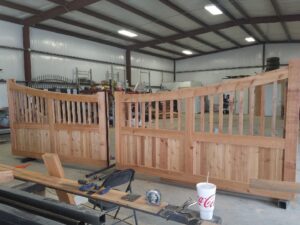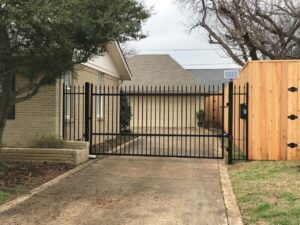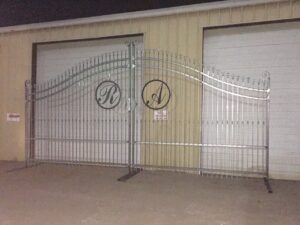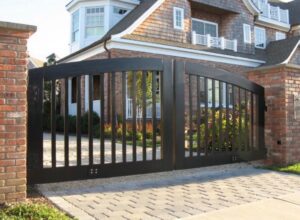
While they certainly increase aesthetics and property value, the primary purpose of gates is to keep a property safe. Earlier this year, the FBI reported that a new break-in or burglary happens every 26 seconds, and a home that does not have any kind of security system is much more likely to be burglarized than one that does. But this can also be the case with various commercial or industrial buildings, which is why many property owners equip their properties with high-quality gates.
If you want to install an automatic gate on your property, we recommend looking into hydraulic gate openers. They are incredibly safe, durable, adaptable, and can be fitted with most gates. However, once installed, they will require regular maintenance and repair.
To learn more about what the maintenance of such gate openers includes, keep reading!
Gate Opener Maintenance and Repairs: Best Practices
Regardless of the type of gate opener you have on your property, you need to maintain it properly to ensure it works to the best of its abilities. Maintaining hydraulic gate openers is relatively easy, especially once you start doing it regularly. The more you maintain them, the easier it will be to prevent damage and eliminate the need for repairs.
We have five tricks to share if you have a new hydraulic gate opener and want to know how to maintain it. Here’s what the essential maintenance routine should include:
- Clean the gate opener: To avoid damage, remove all larger debris from the opener. This is especially important if leaves and similar debris fall onto it, as they can get stuck or cause corrosion if wet.
- Inspect the gate opener: After giving your opener a quick wipe, you can inspect it for signs of damage. It’s essential to check for dents or rust. If any are present, try to fix them as soon as possible rather than leaving them to cause further damage.
- Adjust the gate opener: Sometimes, its sheer movement can cause it to move out of its original position. We recommend checking if the opener needs to be adjusted at least once a year or as required.
- Lubricate the gate opener: These openers are made of various moving parts that must work well to move the gates as needed. So, we recommend lubrication at least twice per year. The type of lubricant you use would depend on the type of gate opener you have, so discuss this with the manufacturer.
- Service the gate opener: Regular servicing can help the gate opener work better than expected. If any issues arise with your opener, such as alarming noises, delays in opening or closing, or the opener stops working altogether, a detailed service could help you resolve all issues.
Excellent Hydraulic Gate Opener Maintenance and Repairs
We hope this guide helped you understand how to keep your hydraulic gate opener in top condition. If you ever need help with gate design, repairs, or installation, and with that, the installation of a hydraulic opener, feel free to contact our team of professionals at 4 Sure Gates.
Connect with us today for your gate opener needs. Our company also offers various gate openers and access control systems.





